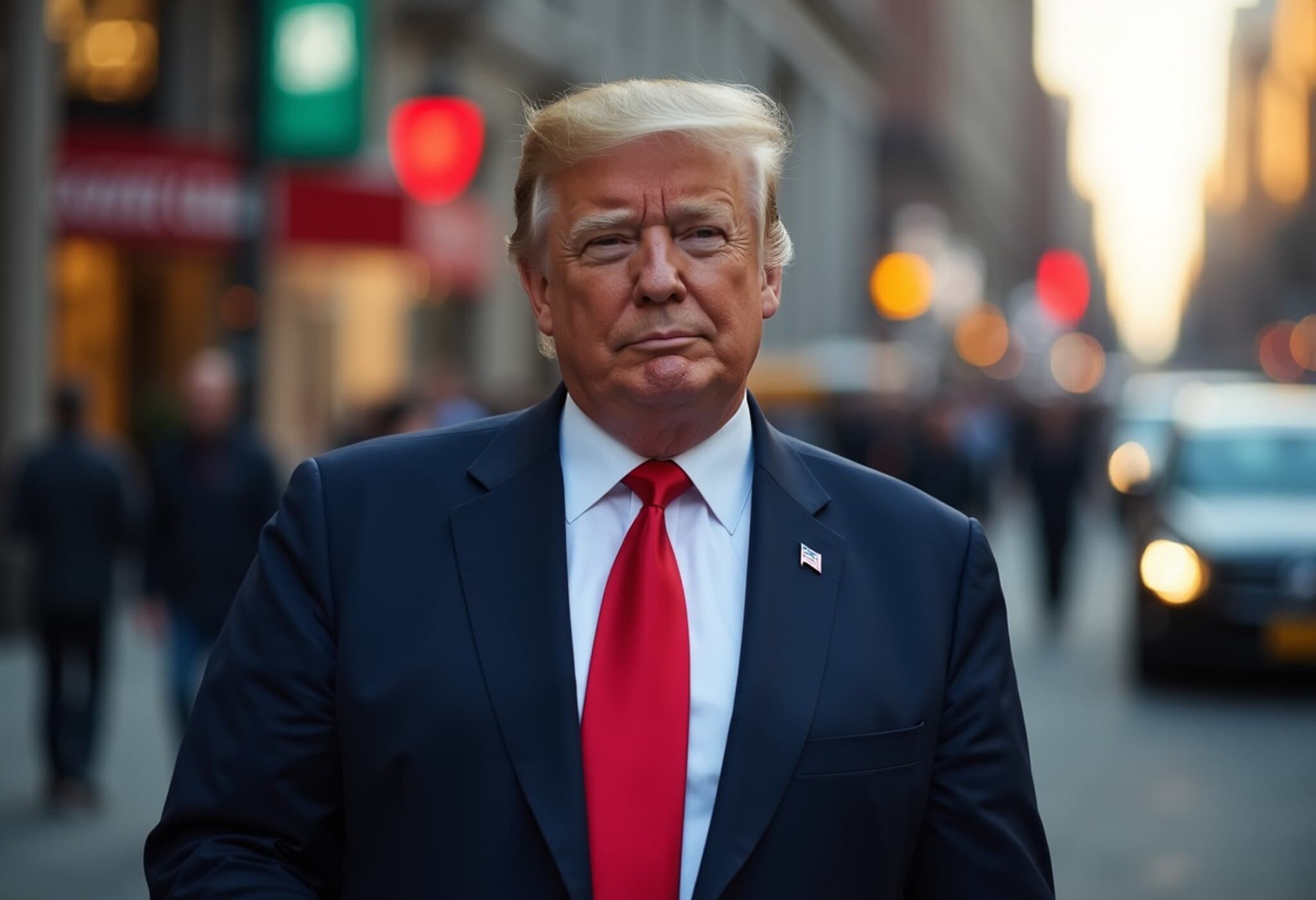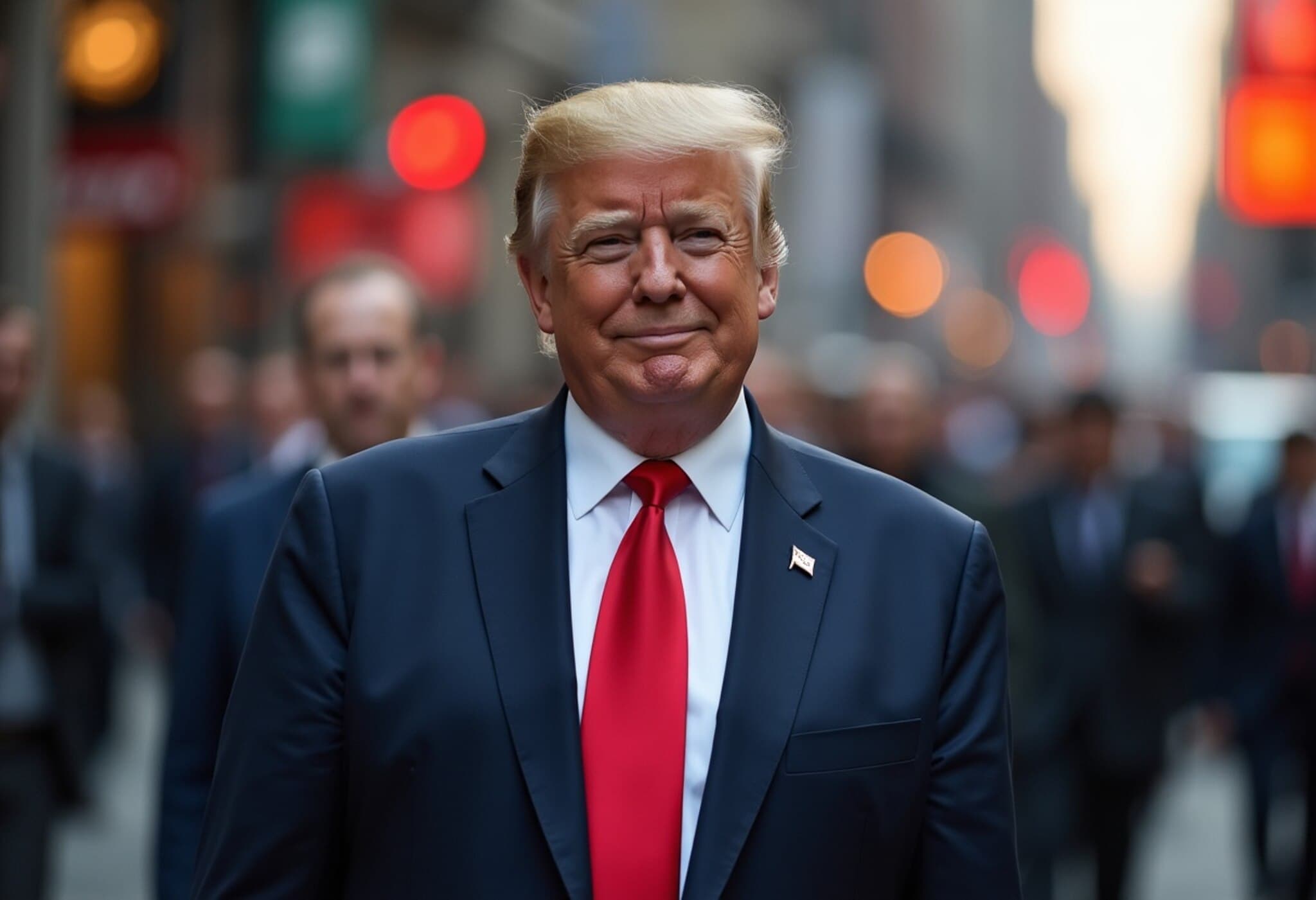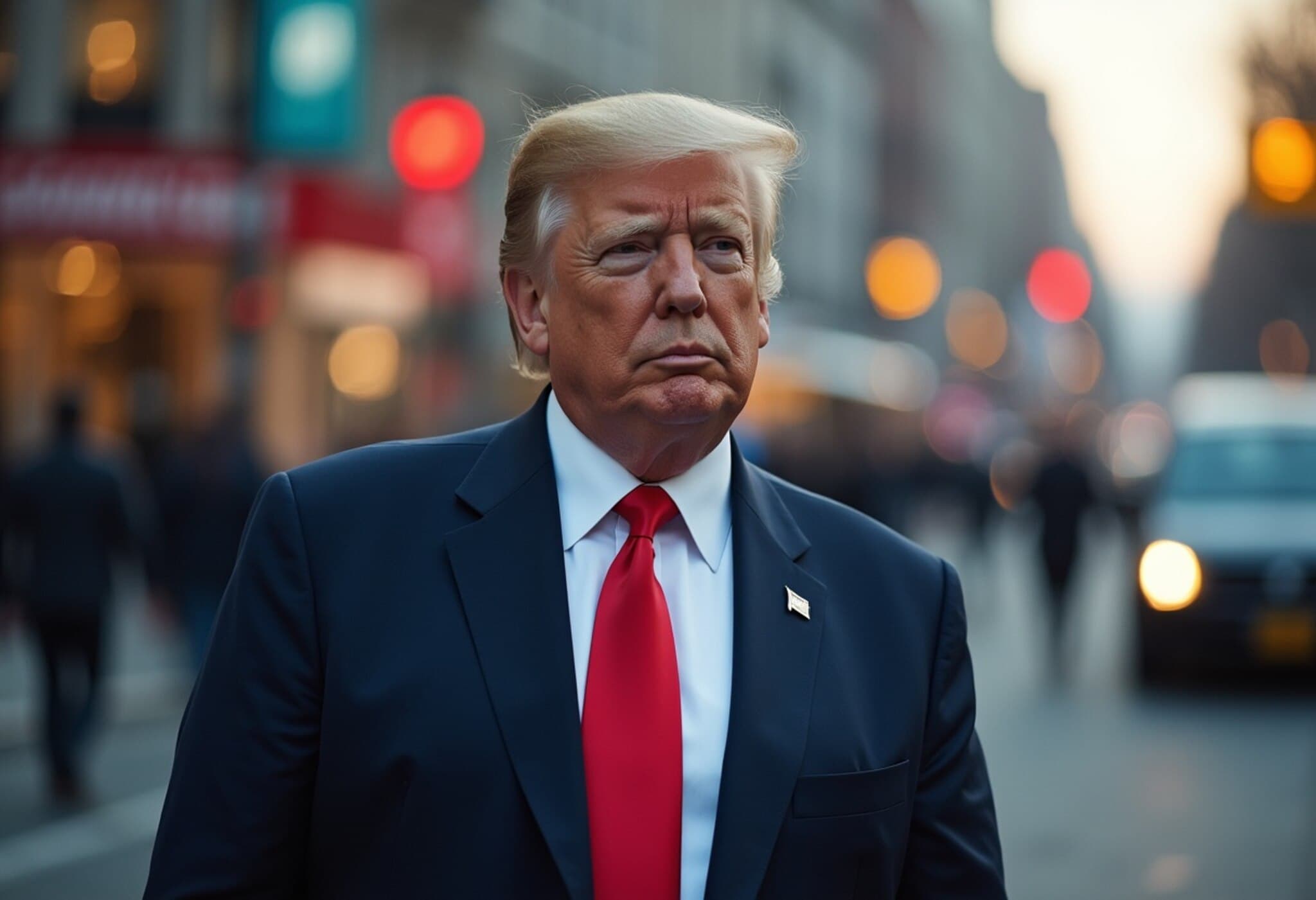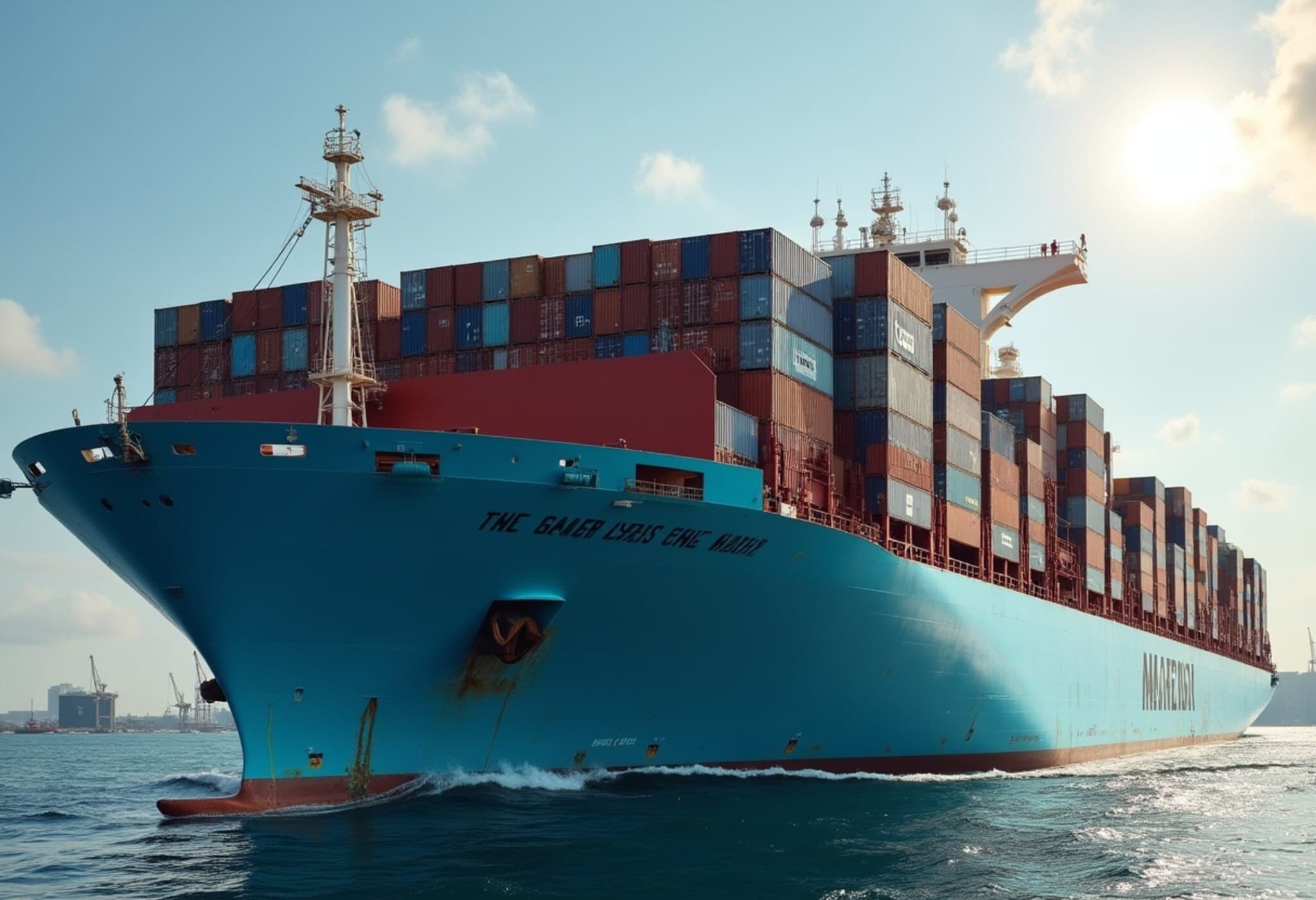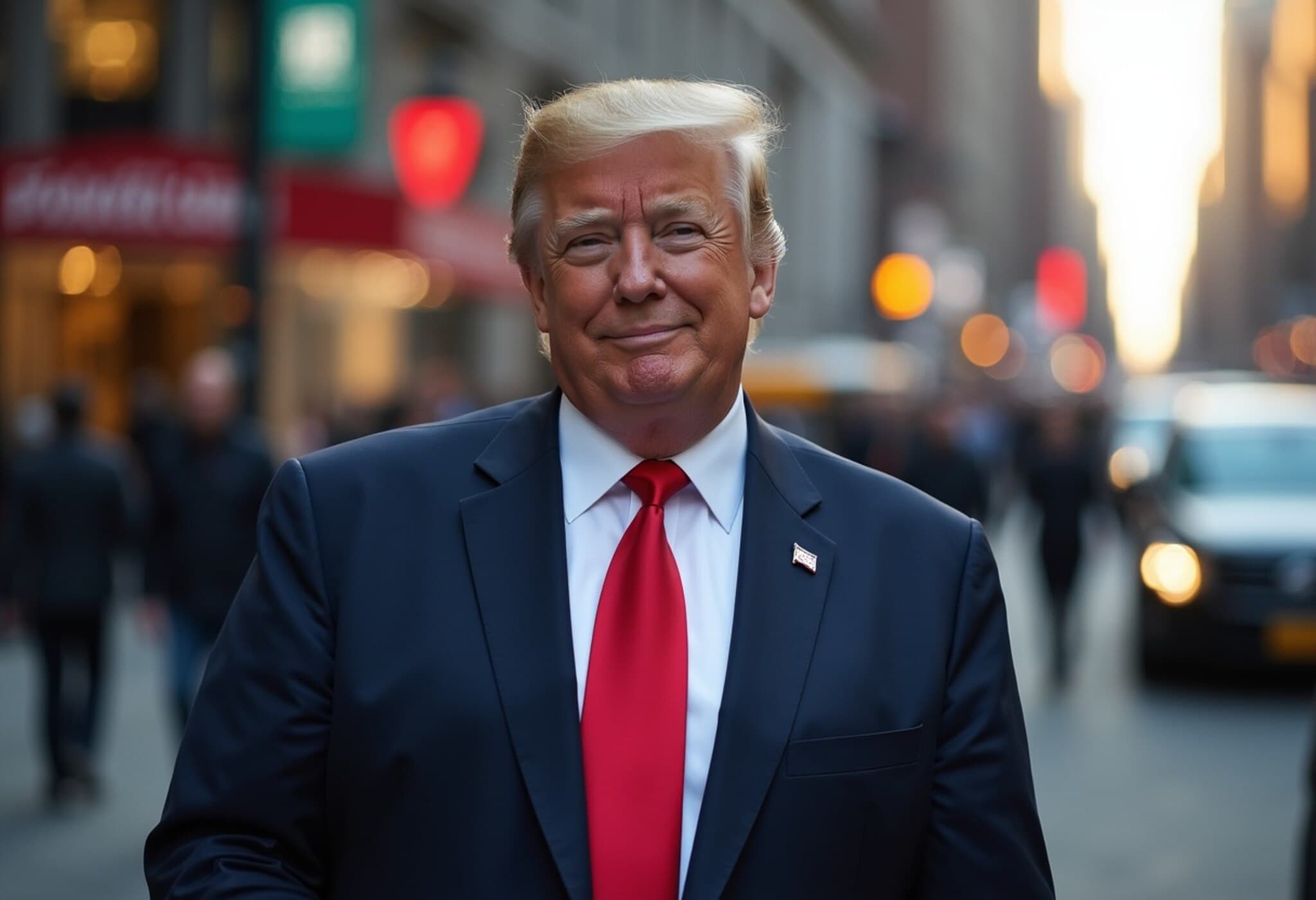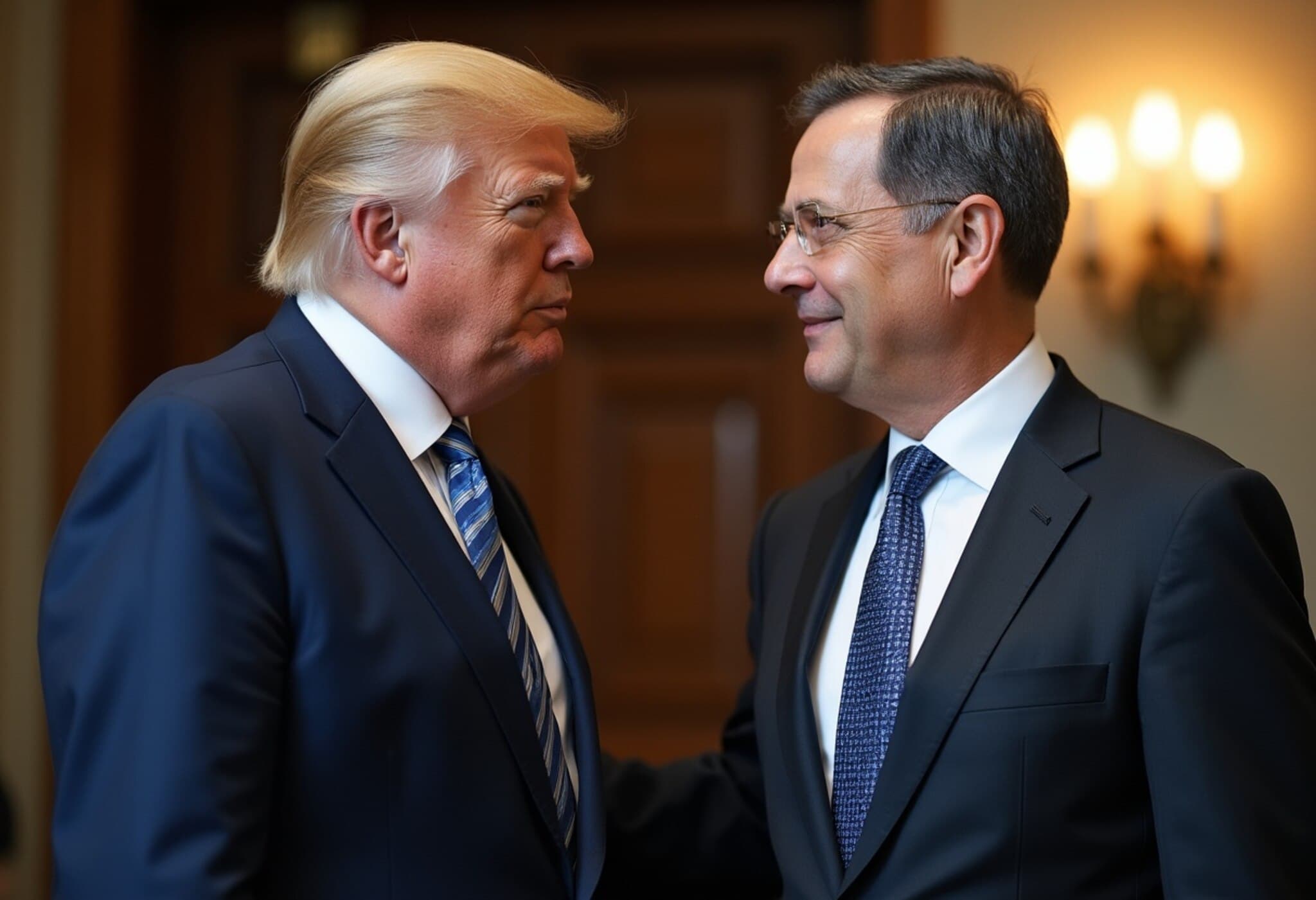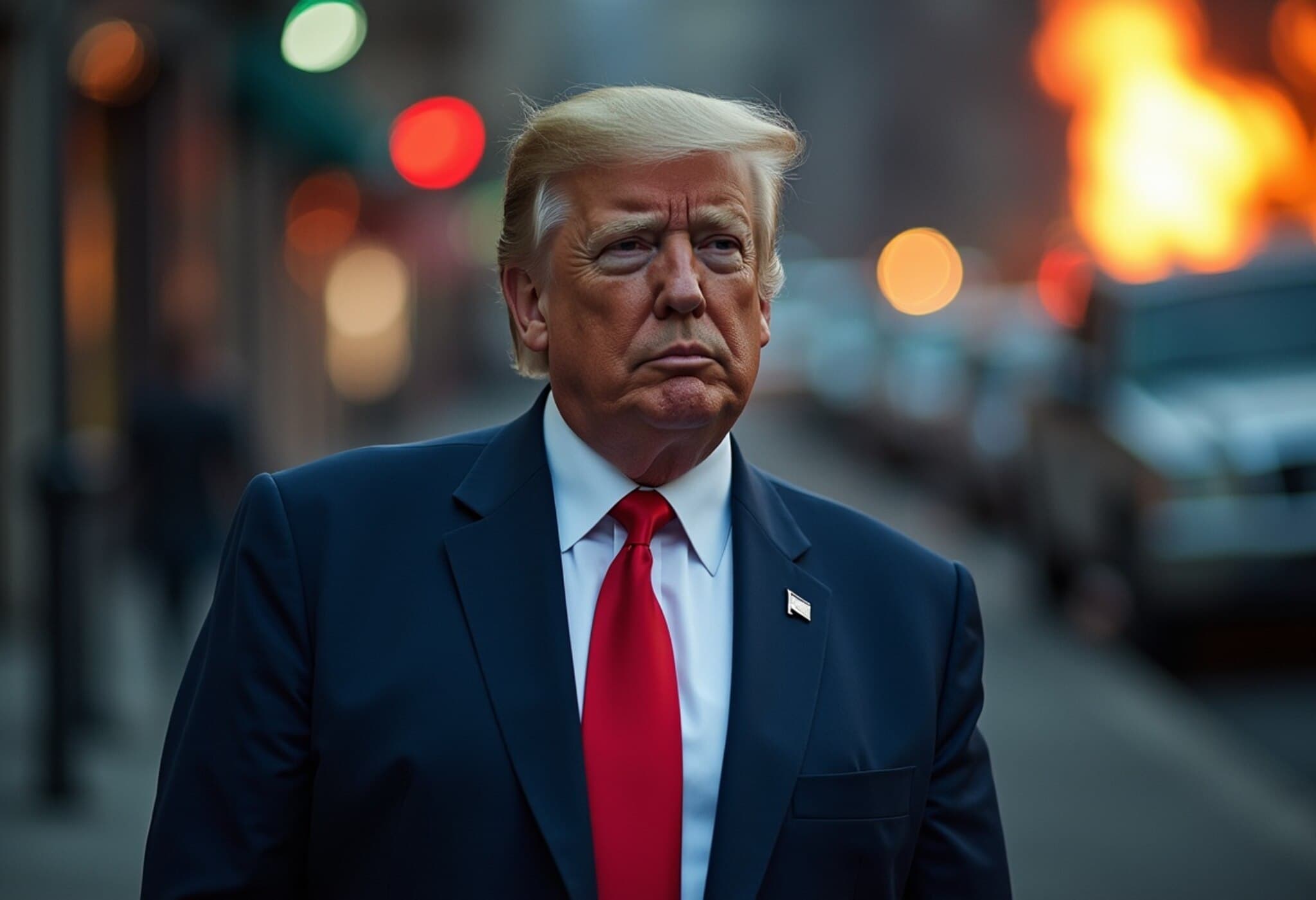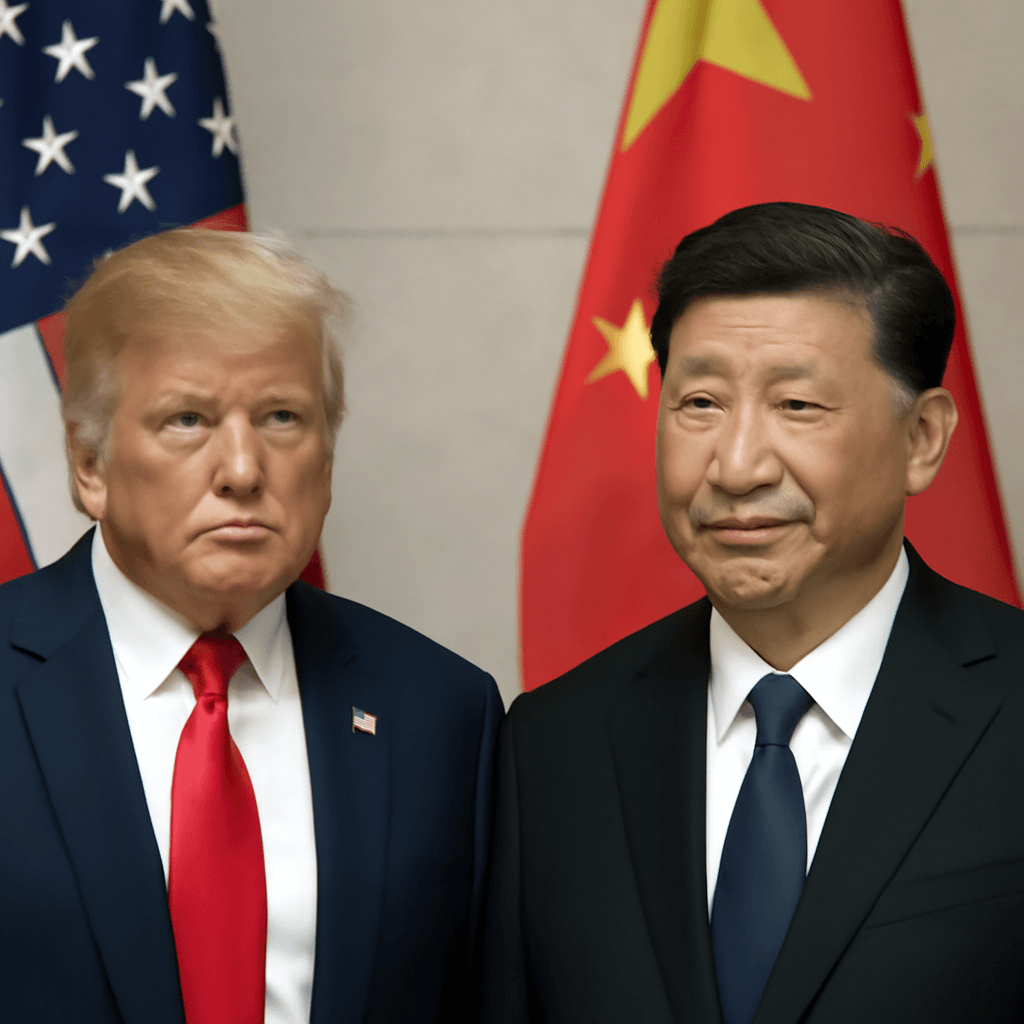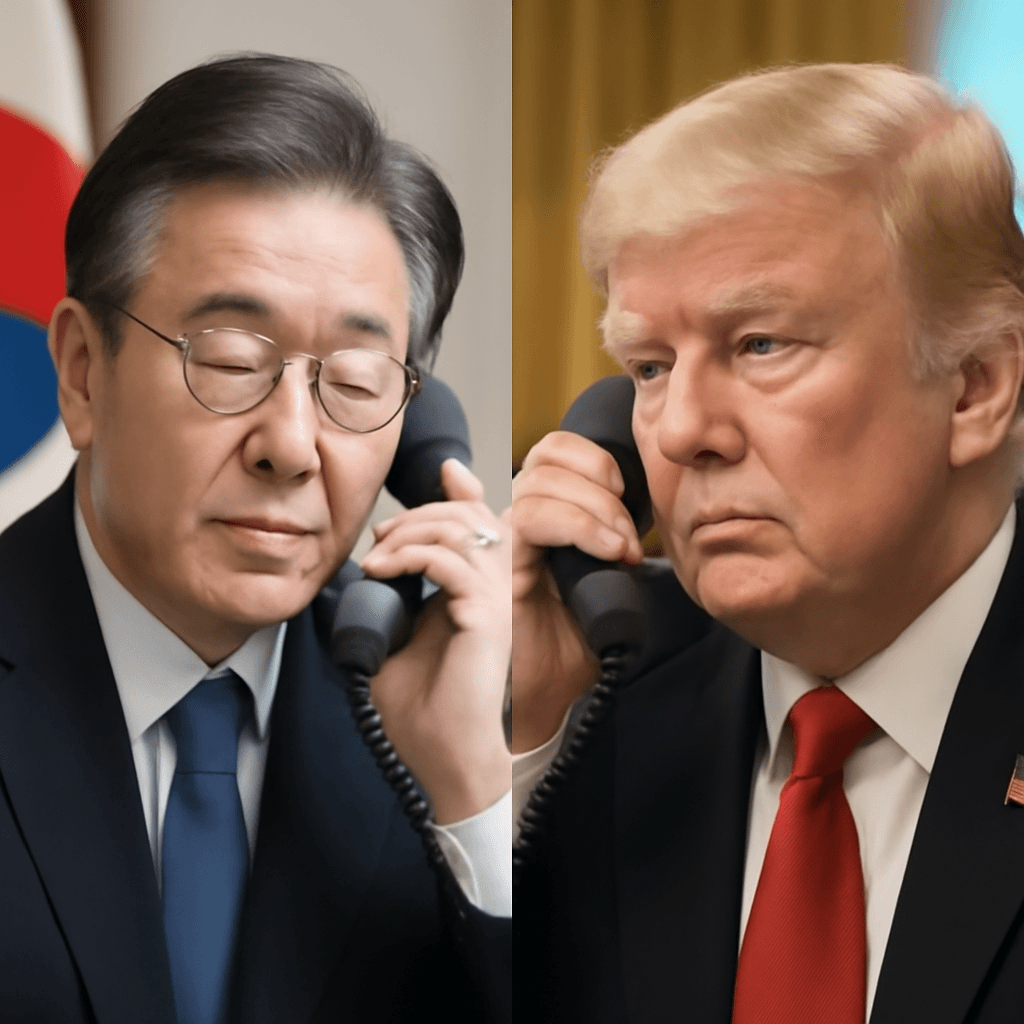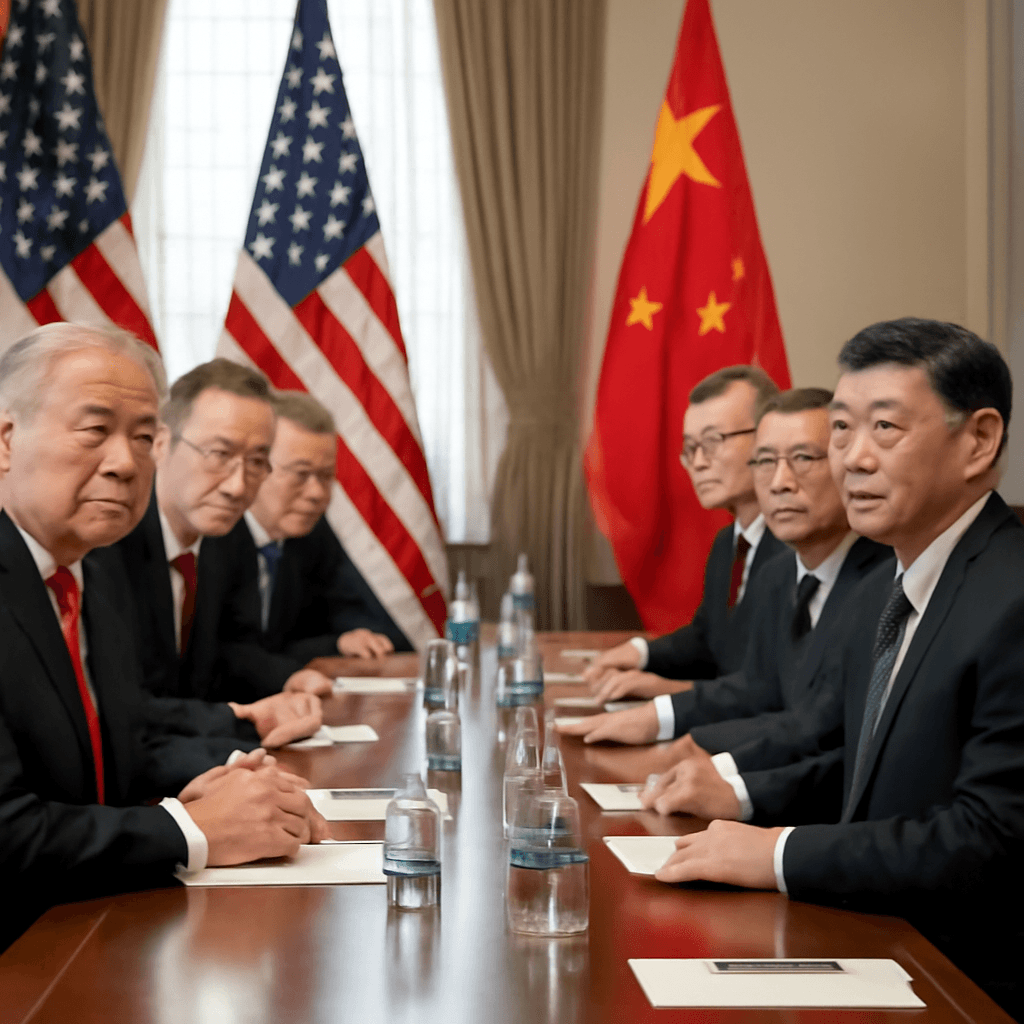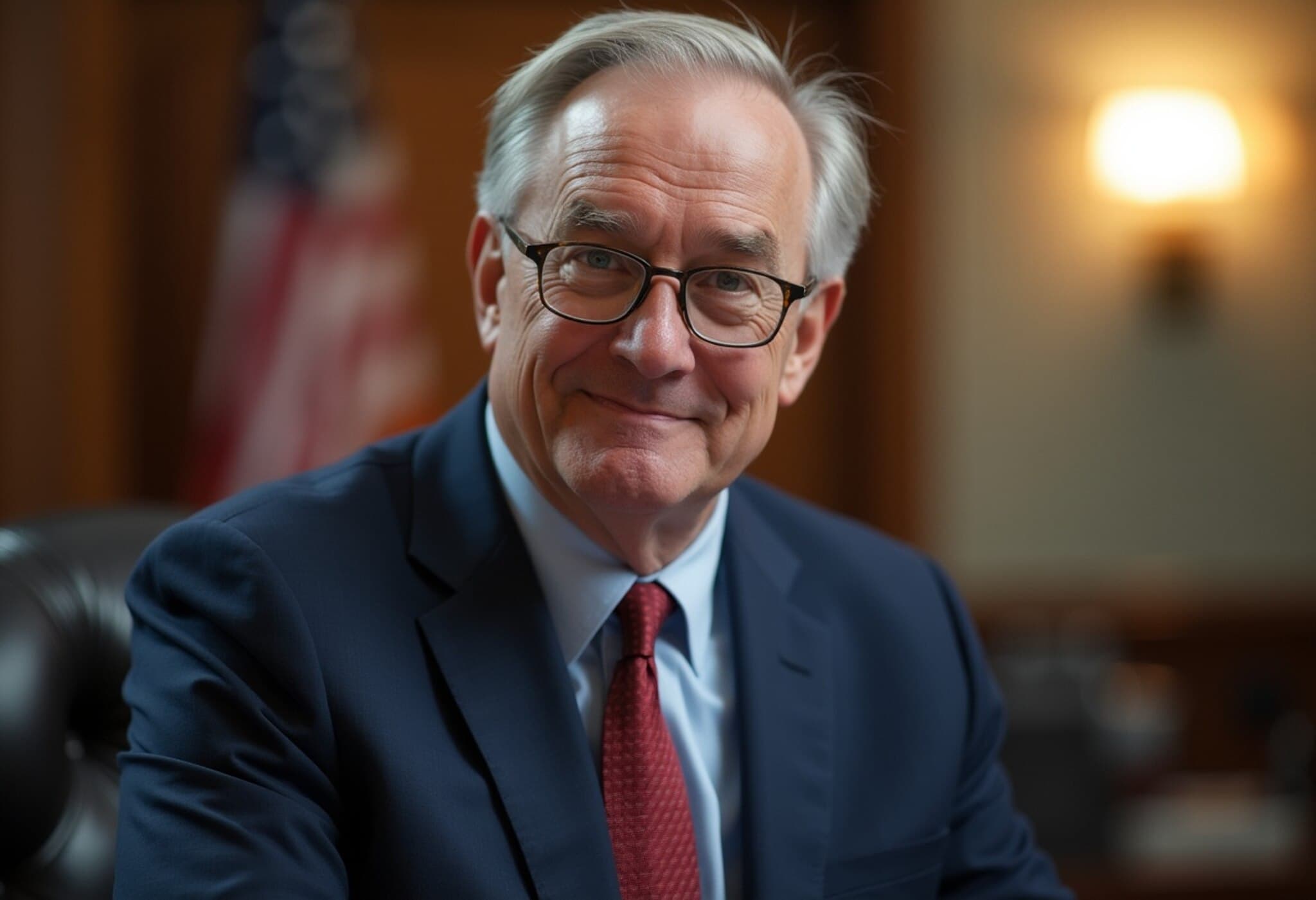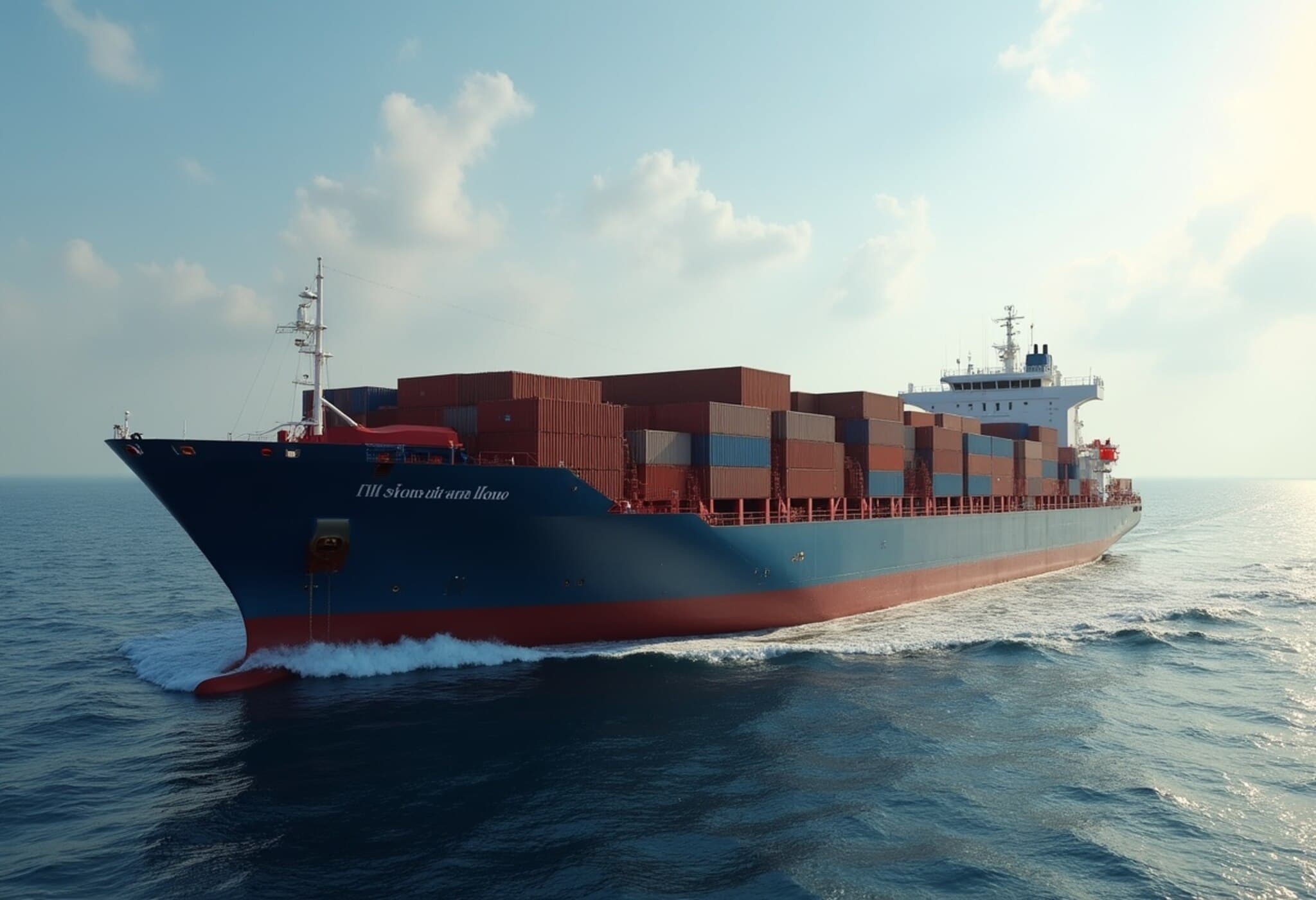Markets Remain Calm Despite U.S. Tariff Threats
On July 7, 2025, U.S. President Donald Trump sent stern tariff letters to 14 countries, signaling sharp increases in import duties set to start August 1. Yet, global financial markets responded with remarkable restraint. Investors’ muted reaction underscores a growing perception of flexibility and negotiation rather than a hardline trade war.
Details of the Tariff Letters and Targeted Nations
The White House dispatched formal letters to countries including Japan, South Korea, Malaysia, Kazakhstan, South Africa, Laos, Myanmar, Bosnia and Herzegovina, Tunisia, Indonesia, Bangladesh, Serbia, Cambodia, and Thailand. These letters outlined proposed tariff hikes, some as high as 40%, on goods exported to the U.S., aimed at protecting American industries and addressing longstanding trade imbalances.
Tariff Timeline and Market Impact
Though the tariffs were scheduled for August 1, market indices in Asia-Pacific and Europe barely flinched the following day. Japan’s Nikkei 225 modestly gained 0.3%, while South Korea’s Kospi surged 1.8%. European equities, including the pan-European Stoxx 600, fluctuated within a narrow range, closing just 0.09% lower.
On Wall Street, futures indicated a bounce back after Monday’s losses, reflecting cautious optimism. This contrasts sharply with the April turmoil when prior tariff threats caused volatility and investor anxiety.
Signs of Flexibility in Trump’s Approach
President Trump softened his stance during media interactions, calling the August 1 deadline “firm, but not 100% firm.” He indicated willingness to entertain alternative arrangements if affected countries proposed acceptable solutions, signaling potential room for negotiation.
AJ Bell Investment Analyst Dan Coatsworth commented, “The ‘TACO’ trade”—markets anticipating tariff adjustments—is back. Financial markets appear relieved that the immediate cliff-edge deadline of July 9 no longer looms, reducing panic-driven sell-offs.”
Extending Uncertainty But Avoiding Shock
While the deadline shift eases immediate pressure, it also prolongs uncertainty for governments, businesses, and consumers navigating this unpredictable trade environment. Paul Ashworth, chief North America economist at Capital Economics, noted that not all major U.S. trading partners received letters—suggesting ongoing or imminent negotiations.
He highlighted that the effective average tariff rate on U.S. imports is poised to rise modestly from 15.5% to 17.3%, still well above the 2.5% level at the end of 2024. However, with recent Congressional measures recycling tariff revenues back into the economy, the overall economic fallout could remain manageable.
European Trade Optimism amid Uncertainty
European stocks’ muted reaction partly stems from confidence in a potential EU-U.S. trade agreement that would prevent drastic tariffs. Sources revealed the EU might receive a tariff letter later this week, offering additional time to finalize a framework deal potentially featuring a 10% baseline tariff and exemptions for key sectors such as aerospace and spirits.
EU Commission President Ursula von der Leyen’s recent positive exchange with Trump fuels hopes for a diplomatic resolution, though the final decision ultimately rests with the U.S. president.
Investor Perspectives on Tariff Trajectory
Kiran Ganesh, UBS Global Wealth Management strategist, observed that markets seem comfortable with tariffs stabilizing near current levels rather than escalating sharply. He pointed out that investors expect continued negotiation tactics but not abrupt, market-disrupting escalations.
Toni Meadows from BRI Wealth Management cautioned that investor complacency may underestimate the complexity of finalizing comprehensive trade deals. With negotiations potentially stretching months or years and domestic U.S. fiscal challenges ahead—such as the debt ceiling debate—tariff uncertainty remains a significant risk factor.
Critical Questions and Broader Implications
- How will prolonged trade uncertainty affect global supply chains, especially in sensitive sectors like semiconductors and pharmaceuticals?
- Will emerging economies targeted by these tariffs seek alternative trade partnerships to mitigate U.S. economic pressure?
- How might the U.S. domestic political calendar and debt ceiling negotiations influence the administration’s trade policy consistency?
- What role will multilateral institutions and trade rules play in mediating escalating tariff policies?
Editor’s Note
The latest tariff announcements have revealed a nuanced dance between economic protectionism and diplomatic pragmatism. While markets have so far shown resilience, the extended timeline only amplifies uncertainty for businesses across continents. Investors and policymakers alike should watch carefully for signs of constructive engagement or escalating nationalistic trade measures. Ultimately, this evolving tariff saga underscores the intertwined nature of global economics, politics, and diplomacy in a fragile post-pandemic recovery era.
Expert insight: The interplay between tariff threats and negotiation flexibility highlights the complexities in balancing domestic political pressures with international economic realities. Stakeholders must remain vigilant as the trade landscape continues its unpredictable path.

